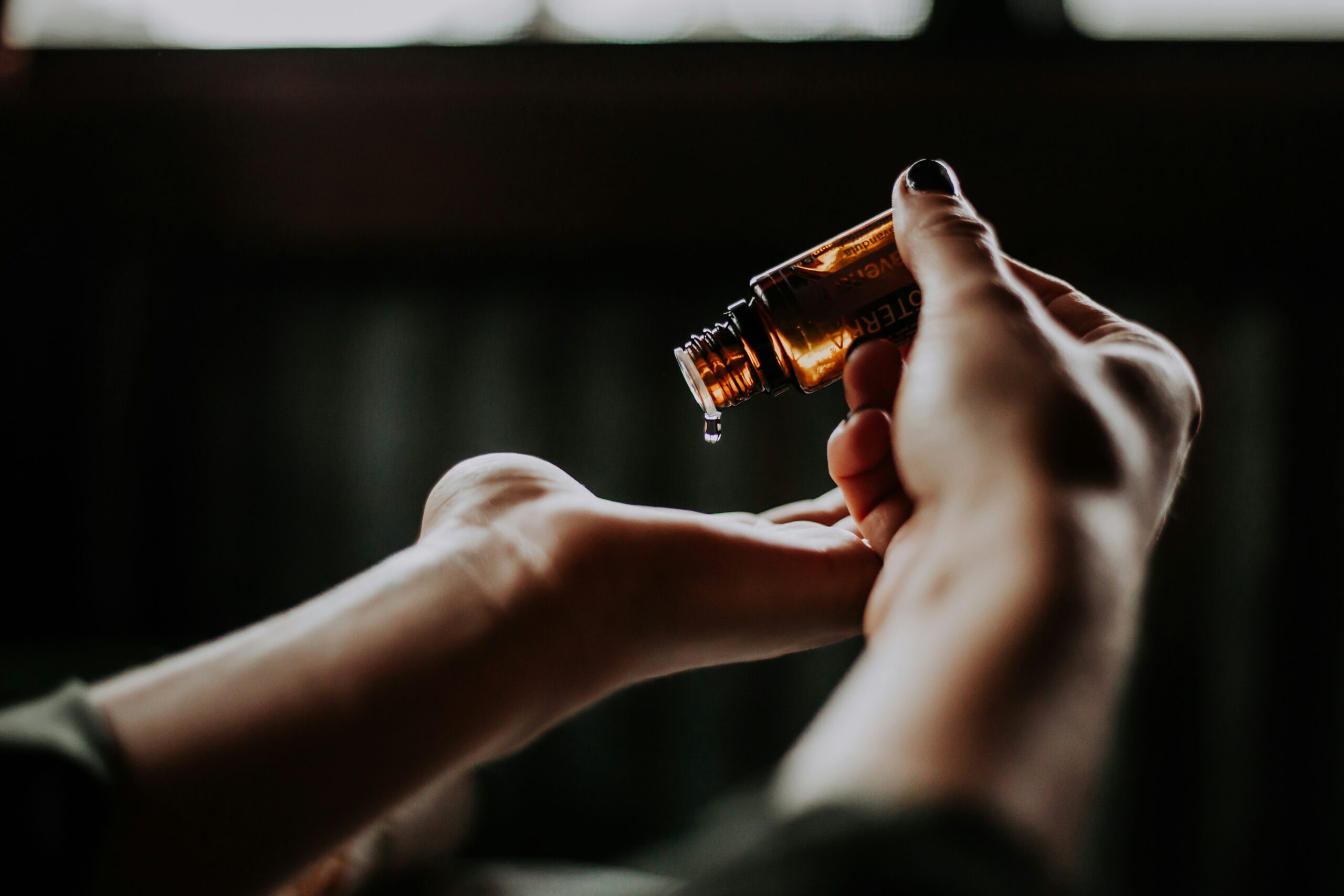Enhancing Your Mood and Health: The Power of Aromatherapy

Understanding Aromatherapy
Aromatherapy is a holistic healing practice that utilizes plant-derived essential oils and natural scents to enhance physical, emotional, and mental well-being. This ancient practice traces its roots back to various cultures, including the Egyptians, Greeks, and Chinese, where plant extracts were employed in therapeutic rituals and medicinal formulations. Over time, aromatherapy has evolved into a sophisticated and recognized complementary therapy, appreciated for its capacity to promote wellness through the sense of smell.
The principle behind aromatherapy is based on the belief that scents can influence our mood and health. Essential oils—concentrated extracts derived from flowers, leaves, bark, or roots—contain the natural fragrance and therapeutic properties of the plant. When inhaled or absorbed through the skin, these healing aromas interact with our brain’s limbic system, which plays a vital role in regulating emotions and memories. This connection explains why certain scents can evoke memories or feelings, ultimately impacting our mood and mental state.
Aromatherapy encompasses various techniques and rituals, such as diffusing essential oils into the air, topical application through massage, and creating personalized blends. Each method aims to harness the distinctive properties of essential oils, allowing individuals to experience relaxation, relief from tension, or stimulation of creativity. Popular oils like lavender, eucalyptus, and peppermint serve various purposes, ranging from soothing anxiety to invigorating the mind. The versatility of essential oils ensures a tailored experience, making it accessible for various preferences and needs.
As a holistic therapy, aromatherapy embraces the interconnectedness of physical and emotional health, encouraging a balanced approach to wellness. It underscores the importance of utilizing natural scents to foster healing and promote overall well-being in our daily lives.
Essential Oils and Their Benefits
Aromatherapy is a holistic healing practice that harnesses the power of essential oils derived from plants to enhance physical and emotional well-being. These highly concentrated extracts possess unique therapeutic properties that can significantly influence mood, relieve stress, alleviate pain, and promote relaxation. Among the vast array of essential oils, several stand out for their healing aromas and beneficial effects.
One of the most renowned essential oils is lavender, which is celebrated for its calming and soothing qualities. Often associated with relaxation, lavender essential oil can help alleviate anxiety and improve sleep quality. By diffusing lavender or adding a few drops to a warm bath, individuals can experience heightened tranquility and reduced stress levels.
Eucalyptus essential oil is another popular choice in aromatherapy, primarily known for its refreshing and invigorating scent. It is widely recognized for its ability to clear airways and promote respiratory health, making it an effective remedy for colds and congestion. When used in a diffuser or combined with a carrier oil for topical application, eucalyptus can also provide relief from muscle tension and soreness.
Peppermint essential oil, characterized by its sharp and minty aroma, serves as a powerful stimulant for the mind. It is often employed to enhance focus and concentration, making it particularly beneficial during work or study sessions. Additionally, peppermint has analgesic properties, making it an effective natural remedy for headaches and digestive issues. When inhaled or used in massage blends, peppermint invigorates both body and mind.
These essential oils exemplify the diverse range of natural scents available in aromatherapy, each boasting a unique set of healing aromas and therapeutic benefits. Incorporating them into daily routines can lead to improved physical health and emotional balance, enriching one’s holistic wellness journey.
Methods of Using Aromatherapy
Aromatherapy offers a range of methods that individuals can utilize to incorporate essential oils and healing aromas into their daily lives. Each method presents unique benefits and can be tailored to suit personal preferences and specific needs. Here, we will explore the most common techniques used in aromatherapy.
One of the most popular methods of using aromatherapy is through diffusion. Essential oils can be diffused using various devices, including electric diffusers, humidifiers, or even simple methods like placing a few drops on a cotton ball. This method allows the natural scents to disperse throughout the air, creating an inviting and calming atmosphere. When selecting essential oils for diffusion, consider options such as lavender for relaxation or citrus oils for an uplifting effect.
Topical application is another effective way to leverage the benefits of essential oils. This method involves diluting essential oils with a carrier oil, such as jojoba or coconut oil, before applying them directly to the skin. It is essential to perform a patch test first to check for any allergic reactions. Some popular applications include massaging the temples with peppermint oil for headaches or using tea tree oil to promote healthy skin. Remember, safety considerations are paramount, and certain oils may not be safe for everyone.
Inhalation is a straightforward technique that involves directly smelling the essential oils. Simply placing a few drops onto your palms, rubbing them together, and then cupping your hands over your nose can provide immediate effects. This method allows for quick bursts of relief and can be particularly helpful during stressful moments.
Ultimately, by exploring these various methods, individuals can create a personal aromatherapy routine that enhances mood and well-being while integrating these aromatic experiences into daily life. Prioritizing safety and following best practices will ensure a positive experience with essential oils.
Creating Your Personalized Aromatherapy Experience
Aromatherapy offers a unique opportunity for individuals to enhance their mood and overall wellbeing through the careful selection and application of essential oils and healing aromas. To create a personalized aromatherapy experience, one must consider their individual preferences, emotional states, and desired health benefits. Start by exploring various essential oils, considering their natural scents and properties. Popular oils include lavender for relaxation, peppermint for rejuvenation, and citrus oils for upliftment.
Combining different essential oils can amplify their effects. When blending, it’s essential to create a harmonious balance. A good rule of thumb is to use a base note, middle note, and top note. Base notes, like cedarwood, provide a lasting foundation; middle notes, such as geranium, connect the base and top notes; while top notes, such as bergamot, give an initial impression. Experiment with various ratios until you find a blend that resonates with your intention—for example, a serene aroma for winding down in the evening.
Mindfulness plays a crucial role in the aromatherapy experience. By setting clear intentions—whether for relaxation, focus, or invigoration—you align your experience with your emotional needs. Prior to using any essential oils, take a moment to breathe deeply and reflect on what you hope to achieve during your session. This practice can heighten awareness and enhance the benefits of the healing aromas.
It’s also important to pay attention to how specific scents make you feel. Everyone reacts differently to natural scents, so keeping a journal can help capture your experiences with each oil and blend. Over time, you will refine your selections to create personalized aromatherapy rituals that not only elevate your mood but also support your health journey in a meaningful way.









